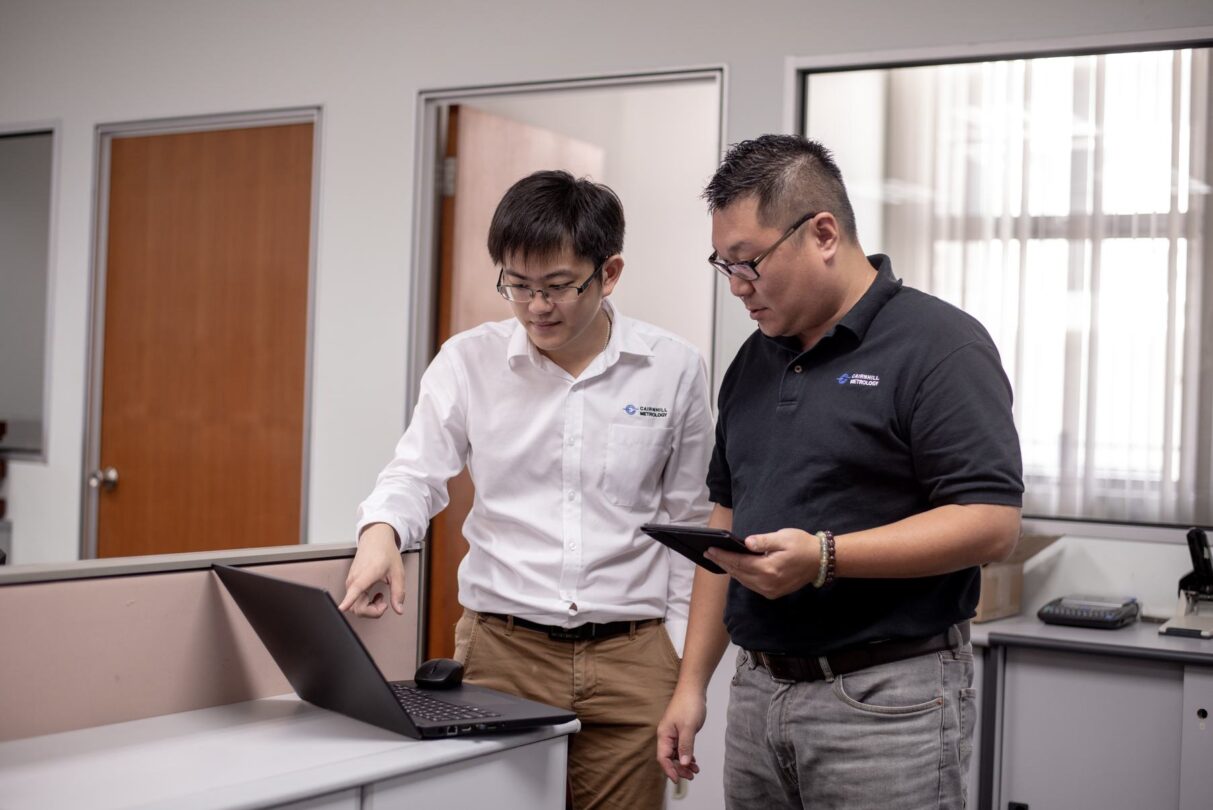People & Leadership
How to know your people better: 6 ultimate People analytics questions for HR teams
People analytics are vital for understanding your people, but what should you ask? Here’s six ideas to find out the answers you need.

How much do you know about your people? Do you really know what makes them productive? How happy they are in the organisation? How much it cost to hire them?
If you want to be a sought-after and trusted employer with an effective and motivated workforce, you need to really know who your people are, what matters to them and how they behave.
Only then can you design and maintain a working culture and environment that provides an excellent employee experience.
For a thorough and accurate understanding of your workforce, you need data.
You can’t rely on guesswork, assumptions or anecdotal feedback. The big question is, which data to use?
Organisations are notorious for collecting large datasets that can provide all the answers – however, you can’t know the answer if you don’t know the question.
Here are six ultimate questions HR and People teams need to answer when it comes to People analytics that reveal actionable insights.
1. How much does it cost to acquire an employee?
At the start of the employee journey, acquisition data helps you to understand how much it costs to acquire different types of employee.
You can compare the costs for the most talented employees with the cost for average employees and consider the value your acquisition processes deliver.
The time it takes to hire someone will affect the cost of acquisition.
As well as being expensive, a drawn out process could suggest you’re not making it easy enough for people to join you or that your employment offers aren’t attractive enough.
2. How well are our people performing?
Once they’re onboard, you need to know if employees are delivering what your business needs.
That means understanding people’s contribution through performance metrics that come from your performance review process.
If people are underperforming, is it because they need training, or because you didn’t hire the right kinds of people?
Look for ways to improve the employee experience so people can work more comfortably and productively.
3. Who are our most talented employees?
Did you know, high potential employees are 91% more valuable to a business than non-high potential workers?
It’s particularly important to have good visibility of their continuing performance and related trends and factors, because they influence business performance strongly.
Understand what they value about working for your organisation and make changes to factors that tend to cause them to leave.
Discover their common characteristics and seek them out in future recruits. If you can identify how your most valuable workers come to you, you can look for ways to increase the talent pipeline in these fruitful areas.
You might also discover that introductions by colleagues produce a large proportion of high performers – you could introduce or upweight your ‘recommend a friend’ programme.
4. Is our workforce diverse and inclusive enough?
There’s no doubt that successful organisations and employee diversity go hand-in-hand.
There have been so many studies that prove this – as an example, diversity of thought alone enhances innovation by 20%, according to research from Deloitte.
Data can help you scrutinise the employee experience at every point to make sure that your practices, policies, culture and approach are fully open and inclusive.
For example, if employees in certain groups tend not to stay with you as long, or are under-represented in some parts of the workforce, you can explore why and take action.
5. How satisfied is our workforce?
It’s a fact: employees are 13% more productive when happy. Therefore, making sure employees are happy isn’t just the right thing to do, but also has an affect on the business too.
Measure satisfaction with your culture, workplace, benefits, processes and systems as well as with training, development, reward, recognition and management, for all your employees.
You can also compare the views and attitudes of different parts of the workforce across locations, roles or experience levels, so you can see divergent or developing trends and take priority action if needed.
6. How long do employees stay with us?
It’s only natural that you’d want your employees to stay for as long as possible.
Not only does it affect reputation if you have high turnover, the financial implications and time and resource taken to hire someone new, not to mention skilling them up to the standard of the person leaving will cost the organisation significant amounts of money at scale.
If time employees stay within your organisation is decreasing, you need to look at what’s causing this and reverse the trend, if you want to maintain and build your talent population, and avoid those hefty costs.
Find out what’s making people leave – are they attracted by competitors or are they unhappy with the workstyle or opportunities you offer?
Turnover may be different by role, experience or location. Prioritise programmes to encourage better retention in the areas where turnover is highest.
This maybe where you want to look at qualitative insights too such as at exit interviews, or even an employee satisfaction survey to understand why employees maybe dissatisfied in their roles.
Actionable insight is a must-have for HR and People teams
Insights from data are vital for companies that put people first.
Successful organisations need instant visibility into workforce metrics to make data-driven People decisions – ones that their people need to thrive.
Real-time data and analysis mean they can take action immediately and plan ahead, allowing HR to become more nimble and able to flex to changing situations easily.
However, HR and People teams can’t do it alone.
Powerful analytics tools and data visualisation in dashboards help HR and People leaders build targeted HR strategies that create a great overall employee experience, to drive business performance.





